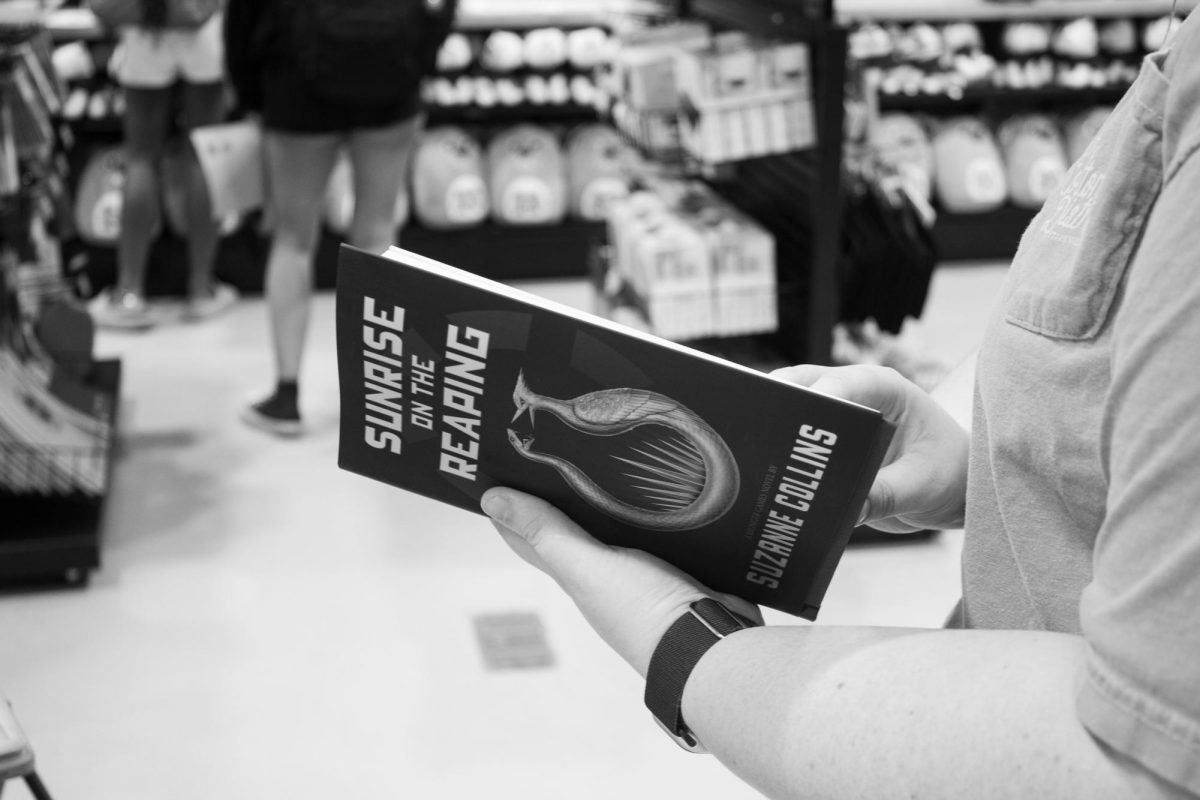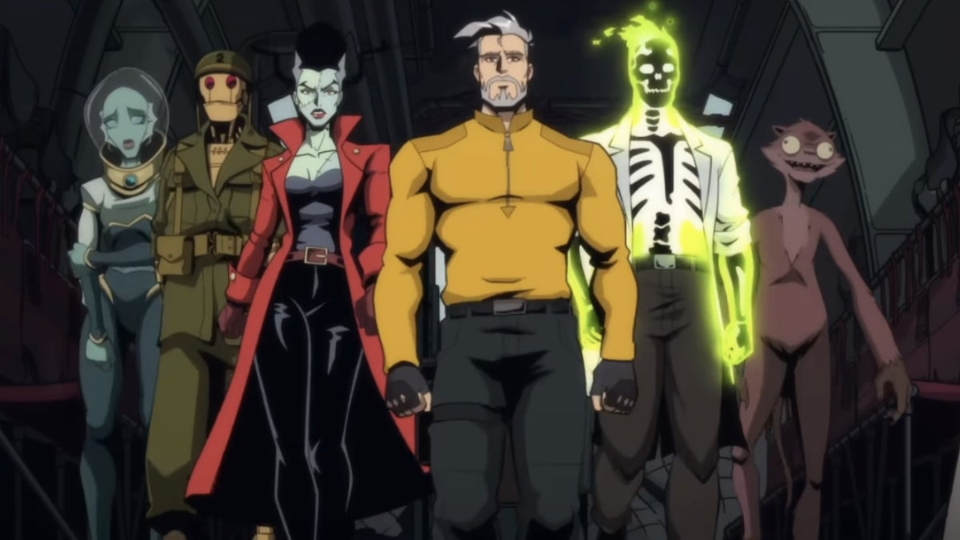Modern awareness of bias and bigotry are difficult to ignore when doing a period piece. Starkville Community Theatre kept that focus in mind with their production of “Moonlight and Magnolias.” Christopher Walrath directed this comedic interpretation that depicts the bizarre creation of one of the most successful films of all time. The audience is thrown into late 1930s Hollywood, becoming a witness to the troubled production of “Gone with the Wind.” This production does not shy away from historical attitude, bringing with it a sincere look at the beautiful features and disturbing faults of old Hollywood.
The set works beautifully, but the painted mural of the “Hollywoodland” sign is a sight to behold. It perfectly serves as a reminder to the audience that this is a period piece. It does not hold back from the rough dialogue from the era. There is nothing too intense, but it sets the tone quite well. This tone ultimately creeps into the use of the lights, costume design and props. The performance shifts between a synopsis of “Gone with the Wind” into a full-blown critique of everything it represents.
This production is aware that not everyone is familiar with “Gone with the Wind,” and it uses that knowledge to amplify the impact of the performances. The cast features Ben Christmas, Sean Dyess, Katherine Hardin and Gabe Smith. These performers each embodied a staple of old Hollywood, bringing something unique to the character expectations. The performances are sharp, powerful and often hysterical. It ultimately results in a fantastic performance which serves as a love letter to filmmaking. If you are looking for a great evening, take a trip to your local theatre and witness this masterful production.
The first act opens with a comedic segue involving a screenwriter that has not read “Gone with the Wind.” The first line of “You haven’t read the book?” serves as the perfect introduction to the dilemma of the story. David O. Selznick, a legendary producer, has shut down film production due to a terrible screenplay. Due to this choice, Selznick is forced to summon famed screenwriter Ben Hecht and director Victor Fleming to his office. He hires them both, locks the doors and on a diet of bananas and peanuts, the three men work to create a new screenplay in five days. While Hecht mans the typewriter, Selznick and Fleming are forced to act out the book, turning a 1036-page novel into a three-hour film. What results is an insane project that digs to the core of the character’s personal stakes.
When the second act begins, days have passed, and the conversation has changed. Twenty-one chapters in, the subject of race relations and controversy take hold. It offers a serious look into the film’s message. The men are struggling to find a compromise between personal vision, values and motivation. As the production wades through these issues, the characters formulate their arguments. It results in a splitting examination of writing, directing and production. The theme resonates with the quandary of creative intent versus authorial intent, holding a lens over the compromises of production.
By the third act, the men are pushed to the brink of their sanity. Tense politics, the filmmaking business and the subject of power are offered to the audience. When the last page is on the reel, the trio struggles to create a proper ending. The intensity of the stakes rose in the background, leaving a pressure demanding perfection. Once the screenplay is finished, even the audience feels a sense of overwhelming relief. It all culminates into a spectacular performance that showcases the skill of these actors.
Sean Dyess, the actor portraying the director Victor Fleming, shared how influential this bizarre story is to the production of “Gone with the Wind”.
“This is a fantastical telling that is based on a true story. I did some research, and from what I could discern, Fleming and Selznick were more mutual acquaintances than Selznick’s friendship with Hect. It’s neat to see what could’ve conceivably be their process as it pulls back the curtain on their story,” Dyess said.
Gabe Smith, who plays David O. Selznick, discussed how different this role is from his previous work.
“I’ve had lead roles before, but I’ve never had to be the engine that drives the show. It’s a challenge to avoid the same comedic beats and keep the audience following the story,” Smith said.
Smith went on to compliment the performances of his co-stars, Christmas and Dyess.
“I’ve worked with these two before, and it has not felt like work to perform with them. They’re able to keep up, and they lap me sometimes.”
Smith offered his stance that anyone is able to gain something from witnessing this production.
“I think people who have seen ‘Gone with the Wind’ or at least have the historical context will get a lot out of it. My hope is that between the three of us, the relationships and the energy we have, that it isn’t necessary. That you’ll come, you’ll get it, and you can see the bond and the energy in the way that we tell it,” Smith said.
















